Is Shein legit? What shoppers should know in 2025

Shein’s growth has been explosive. With prices that often seem too low to be real and an app built to keep you browsing, it’s become one of the most downloaded fashion platforms in the world.
But behind the nonstop discounts and daily product drops is a more complicated story.
Some shoppers love the convenience. Others raise concerns about privacy, quality, and the ethics behind what’s on offer.
So, is Shein a legitimate place to shop, or do the risks outweigh the benefits? This guide looks at what the brand gets right, where it falls short, and what to know before you buy.
What is Shein, and how does it work?
Shein is one of the world’s largest online fashion marketplaces, known for its low prices, rapid product turnover, and massive catalog of clothing, accessories, beauty products, and home goods.
Rather than manufacturing all of its products directly, Shein operates as a digital marketplace that sources most of its inventory from a wide network of third-party suppliers, primarily in China. These suppliers produce small batches of items based on Shein’s data-driven demand predictions. The products are then sent to Shein-run distribution centers (mainly in China, but also in regions like the U.S., Europe, and Asia) for sorting, packaging, and international shipping.
This centralized fulfillment system allows Shein to streamline logistics and reduce shipping costs. The company’s business is almost entirely online, operating through its website and popular mobile app, with no permanent physical retail stores. This direct-to-consumer, app-first model enables it to quickly introduce and test new styles in response to real-time trends and customer behavior.
The fast-fashion model behind Shein
Shein competes on speed. The company tracks trending styles on platforms like TikTok and Instagram, then quickly pushes out new products. Most start as small batches. If something sells, they make more. If it doesn’t, it disappears.
Unlike traditional brands that release seasonal collections, Shein adds thousands of items every day. The system is built around constant change.
Behind it all is a data-heavy model. Algorithms scan searches, clicks, and purchases to decide what’s worth producing. That’s how Shein avoids unsold inventory and keeps prices low.
Key shopping features and app functionality
Much of Shein’s success comes from how effectively its app keeps you engaged. The platform is smooth, personalized, and designed to encourage frequent interaction. Here’s how:
- Daily check-ins: You can earn points by visiting the check-in page; bonus points apply for checking in multiple days in a row.
- Tailored recommendations: Product suggestions are personalized based on your browsing and purchase history.
- Gamified rewards: Points can be earned by writing reviews, uploading photos, or participating in limited-time events.
- Flash sales and promo codes: Time-sensitive offers and rotating discounts create urgency and encourage users to buy on impulse.
- Social shopping elements: The app includes live-streamed hauls, user-generated photo reviews, wishlists, and outfit contests, making it feel more like a social feed than a storefront.
Why Shein became globally popular
Shein capitalized on key market dynamics at just the right time. During the pandemic, budget-conscious shoppers turned to affordable online options, and Shein offered prices that few competitors could match.
It built momentum through social media, where Shein haul videos and influencer partnerships spread virally across TikTok and YouTube. Collaborations with micro-influencers created a sense of authenticity and relatability.
Shein also mastered logistics. Despite being based in China, the brand ships to over 150 countries with delivery times as fast as one to two weeks in many regions.
By Q3 2024, Shein had become the most visited online clothing retailer globally, outpacing Zara, H&M, and Nike in traffic rankings, according to Similarweb.
Where is Shein located, and who owns it?
Shein was founded in Nanjing, China, and remains deeply tied to China’s manufacturing infrastructure. In 2022, Shein moved its headquarters to Singapore, likely to support global expansion and improve access to international markets or regulatory flexibility.
Shein is privately held under Roadget Business Pte. Ltd., a Singapore-based entity backed by global venture capital and private investors. Media outlets commonly report Chris Xu (also known as Xu Yangtian or Sky Xu) as the company’s founder and CEO, but Shein has not officially confirmed its executive team or published any leadership profiles. The company’s ownership and leadership remain largely opaque.
Is it safe to order from Shein?
The short answer: Generally, yes, but there are caveats.
Shein is a functioning business with secure payment systems and global shipping. But security, privacy, and quality concerns have been raised and, in some cases, substantiated.
Payment methods and credit card safety
Shein’s website and app use HTTPS encryption to protect financial data during checkout. The platform accepts major payment methods, including credit and debit cards, PayPal, and digital wallets like Apple Pay and Google Pay.
In 2018, Zoetop (then the parent company of Shein and Romwe) suffered a data breach that exposed tens of millions of user accounts. The company initially claimed only 6.42 million users were affected, but a 2022 investigation by the New York Attorney General found the true number was much higher: 39 million Shein accounts and 7 million Romwe accounts were compromised.
The attackers gained access to customer emails, names, hashed passwords, and, in some cases, payment details, due in part to Zoetop’s weak password encryption and failure to secure backend systems. Zoetop lacked proper monitoring to detect the breach until its payment processor raised an alert.
Despite knowing the full scale, Zoetop failed to reset affected passwords or notify most users. The company was later found to have misrepresented the breach and neglected basic cybersecurity measures like vulnerability scans and logging controls.
In 2022, Zoetop paid $1.9 million in penalties and agreed to overhaul its security policies, including stronger encryption, real-time monitoring, and clearer breach notifications. Shein, now operating under a different structure, has stated that it “fully cooperated” with the investigation and “taken significant steps to strengthen its cybersecurity posture,” though no independent audit has been published.
How Shein handles personal data
Shein collects a broad range of data when you use its site or app. According to its privacy policy, this includes your email, phone number, IP address, and device and browser information.
The policy states that some of this data (like device IDs, browsing history, and purchase behavior) is used for interest-based advertising, while other categories support core services such as processing orders or fraud prevention.
Shein may also request device permissions (like camera or storage) to support features such as photo uploads and product reviews. Users must actively grant these permissions.
Regarding data sharing, Shein says it only provides your information to third parties under strict agreements for services like fraud detection, payment processing, shipping, and analytics.
What this means for you:
- Shein collects both personal and device-originated data for order services and marketing activities.
- You control optional permissions like camera access.
- Payment card details are handled off-site by third-party processors.
- Even though Shein shares data with partners, it’s bound by privacy contract terms.
Data collection is common in e-commerce apps, but Shein’s app includes features (such as photo uploads, live-event check-ins, and calendar syncing) that trigger a wider range of device permissions (camera, storage, location, calendar, and microphone). These are optional and must be granted by the user, but this broader request set is more extensive than what’s typically needed by apps like Zara or H&M. Moreover, in July 2025 in France, Shein faced accusations of not informing users properly of the tracker cookies it employs and continuing to read information from cookies even after users refused them.
Online security practices
The official Shein website is a legitimate site, but fake Shein websites do exist. Always verify the URL before entering personal or payment info. Also, be cautious of external pop-ups or sketchy redirects; some ads may lead to phishing pages posing as Shein.
Counterfeit risks and brand transparency
Most Shein items are unbranded, so you’re unlikely to receive fake luxury products. But shoppers get little visibility into where items come from or how they’re made.
On platforms like Etsy or Amazon, listings often show seller names, origin, or materials. Shein’s product pages rarely include those details. You typically don’t know which factory produced an item or what standards it met.
The company now publishes sustainability and social impact reports that cover supplier audits, emissions goals, and manufacturing programs. But that reporting is high-level. Product-level traceability is still missing, and Shein has faced penalties in the EU for misleading customers on the company’s environmental impact.
Buyer protection
Shein allows most items to be returned within 30 days, provided they’re unused and have original tags. Some items, like lingerie, unlined swimwear, and certain cosmetics, are nonreturnable.
Returns are handled through Shein’s website or app. In the U.S., the first return per order is free for eligible items; after that, a fee applies to each additional return. Oversized or remote-area returns may require self-shipping, with reimbursement available upon approval.
Refunds are processed after the items pass inspection, and you can choose to receive the refund to your original payment method or as Shein Wallet credit, which may arrive faster.
Why is stuff from Shein so cheap?
Shein became known for super cheap prices, with shirts under $5 and full outfits for less than $20. That level of affordability comes from how the company is built. Every part of its operation is designed to cut costs. But in 2025, a major policy shift started to change the picture.
Here’s what keeps Shein’s prices low and why some of them are going up in the U.S.
Cost-cutting in manufacturing and logistics
Most Shein products are made in overseas factories with lower operating costs, primarily in China. Compared to factories in Western countries, these factories typically pay lower wages, have fewer labor protections, and operate in regions with cheaper raw materials and utilities.
Materials like polyester, which accounts for more than 80% of Shein’s materials portfolio, are inexpensive but often come with environmental and comfort trade-offs.
Quality control is basic, so defective products can slip through. On the logistics side, Shein uses bulk shipping and streamlined fulfillment.
Limited overhead and direct-to-consumer model
Shein skips physical stores, sales staff, and wholesalers. Orders are shipped directly from suppliers to you. Marketing relies on influencer partnerships instead of big ad budgets, keeping costs low and margins lean.
The role of AI in inventory and pricing
Shein uses AI to track trends, manage inventory, and adjust pricing. New styles are launched quickly, produced in limited batches, and scaled up only if they sell. If something underperforms, it’s discounted or pushed via flash sales.
Gamified features, reward points, and engagement-driven pricing keep users coming back, fueling a fast, data-driven retail engine that prioritizes low cost and quick turnover.
New pressure from tariffs and policy changes
In 2025, the United States closed a key tariff exemption that had previously allowed Shein’s low-value packages from China to enter duty-free. This exemption, known as the “de minimis” rule, lets parcels under $800 bypass import duties.
After the exemption ended, new tariffs were imposed, with rates reaching up to 145% on some shipments. A temporary agreement later reduced the tariff on commercial shipments to around 30%, while postal parcels are now subject to either a 54% duty or a flat $100 fee.
In response, Shein confirmed that it would raise prices for U.S. shoppers beginning April 2025. Analysts observed that overall prices rose by around 10%, but the impact varied widely by category.
According to Bloomberg, health and beauty products increased by more than 50% on average. Home goods rose by over 30%. Even in Shein’s core category (women’s clothing), prices climbed by about 8% in the top 100 items. Some individual products experienced significant increases, including kitchen towels, which rose by over 300%.
The long-term impact of these tariffs is still unclear. Trade rules remain in flux, and additional changes may affect pricing in the months ahead. For now, Shein continues to adjust its strategy to stay competitive, but the days of duty-free, ultra-cheap imports may be over for Shein’s U.S. customers.
Why is Shein controversial?
Shein’s business model is undoubtedly successful, but its impacts are controversial:
Labor practices and factory conditions
Investigative reports have shown troubling conditions in some of Shein’s supplier factories. Workers have reported 18-hour shifts, unsafe environments, and minimal time off.
Shein evaluates its suppliers using a five-tier grading system, from A to E, based on a 140-point audit checklist. These audits examine labor conditions, workplace safety, environmental practices, supplier transparency, and management systems. Any supplier receiving an E grade is disqualified from onboarding, and those scoring low multiple times may be removed from the supply chain.
In 2024, 47% of audited suppliers earned A or B grades (up from 29% the year before), but nearly half still scored C or below.
Environmental sustainability concerns
Shein has faced widespread criticism over its environmental impact, largely due to its ultra-fast fashion model. The company releases thousands of new styles every day, encouraging overconsumption and short product lifespans. This rapid production cycle relies heavily on inexpensive, synthetic materials like polyester, which are derived from fossil fuels and do not biodegrade, contributing to landfill waste and microplastic pollution.
Intellectual property violations
Artists and designers frequently accuse Shein of copying their work. The brand has faced dozens of lawsuits over the years, including allegations of systematic theft using AI to replicate trending designs. While Shein often removes infringing items after complaints, critics argue this reactive strategy incentivizes copying over originality.
The impact of ultra-fast fashion on the industry
Shein has redefined the pace of fashion. Competitors feel pressure to speed up production cycles and cut costs to stay competitive. This race to the bottom may undermine quality, labor standards, and sustainability efforts across fast fashion brands.
Is it okay to wear Shein clothing?
There’s nothing inherently unsafe about wearing clothes from Shein. But there are ethical and health concerns worth considering.
Ethical shopping considerations
Wearing Shein means indirectly supporting its supply chain. Some consumers choose to avoid it due to:
- Labor exploitation concerns.
- Environmental impact.
- Cases of design theft.
Others argue that affordability matters, and it’s unfair to shame low-income shoppers. A mindful approach might mean buying only what you’ll actually use, supporting Shein’s resale programs, or shopping secondhand.
Health and safety of materials used
Some Shein items have tested positive for hazardous chemicals in multiple investigations:
- Lead and phthalates: In 2021, U.S. public radio program and media organization Marketplace found a Shein toddler jacket containing nearly 20 times the legal limit for lead in Canada. According to French international news agency Agence France-Presse, South Korean authorities discovered high phthalate levels in Shein footwear in August 2024, with one pair 229 times above the legal limit.
- Formaldehyde and other irritants: According to environmental organization Greenpeace Germany, tests in South Korea and Europe also flagged formaldehyde and other irritants in items sold by Shein, some at concentrations banned under local safety laws.
These were isolated incidents, but they highlight inconsistent quality control.
Community perception and brand reputation
People are split on Shein. For some, it’s cheap, convenient, and fun to scroll through. For others, it represents everything wrong with fast fashion: waste, copying, and ignoring the true cost behind low prices.
6 ways to shop on Shein safely and smartly
Shopping on Shein can be convenient, but it’s not without risks. These quick tips can help you avoid common issues and protect your privacy while you shop.
- Use secure payment methods: Pay with a credit card or PayPal when possible. These methods offer stronger buyer protections, including easier chargebacks if your order doesn’t arrive, gets canceled, or arrives damaged.
- Read verified reviews and seller ratings: Scroll past the product pics and check what real buyers say in Shein store reviews. Look for patterns, especially around size, quality, or shipping.
- Understand sizing charts and measurements: Shein’s sizing may not be consistent. Always check the chart and compare it to your actual measurements.
- Steer clear of sketchy pop-ups and ads: Ignore pop-ups offering wild deals or gift cards. Those often lead to phishing sites pretending to be Shein.
- Track your order and know the return rules: Watch your tracking info and save your confirmation emails. Some returns are free; others cost you, so read the fine print.
- Double-check the website URL and use strong login details: Scam sites mimic Shein’s design to steal logins and card info. Use a password manager to avoid falling for these scams: it autofills credentials only on the exact saved domain, helping you avoid fake lookalike sites. Also, never reuse the same password across different platforms.
Verdict: Should you shop at Shein in 2025?
It depends on what you’re looking for. The platform delivers on price, product variety, and basic functionality. Payments are generally considered secure (although breaches have happened), and most orders arrive without issues.
But it collects extensive user data, offers little visibility into how products are made, and continues to face scrutiny over labor conditions, intellectual property practices, and emissions from shipping.
For low-cost fashion, it works. For privacy, traceability, or sustainability, the gaps are harder to ignore.
Use it if the benefits outweigh the concerns for you. Just decide with the full picture in mind.
FAQ: Common questions about Shein
Is Shein Chinese or Korean?
Shein was founded in China and still manufactures most products there. Its global headquarters moved to Singapore in 2022.
What is Shein shopping?
It refers to buying fashion and lifestyle items from Shein’s website or app. The platform adds thousands of low-cost products daily, driven by fast fashion trends.
How do I log into my Shein account?
Go to shein.com or open the app. You can sign in using your registered email, phone number, or linked Google or Facebook account. Just enter your login details and follow the prompts.
How do I delete my Shein account permanently?
If you’re in the U.S., U.K., or EU, you can delete your account through My Account > Account Security > Delete Account. You must clear pending orders, wallet balance, and memberships first.
In other regions, you’ll need to contact Shein customer service to request deletion.
Is Shein safe to use your credit card?
Generally speaking, yes: Shein uses HTTPS encryption and supports secure payment methods. That said, breaches have happened, including those that involved leaking customer credit card information. For added credit card protection, it’s best to use single-use virtual cards or opt for PayPal, which doesn’t share your full card details with the merchant and adds an extra layer of fraud protection between your bank and the seller.
Take the first step to protect yourself online. Try ExpressVPN risk-free.
Get ExpressVPN



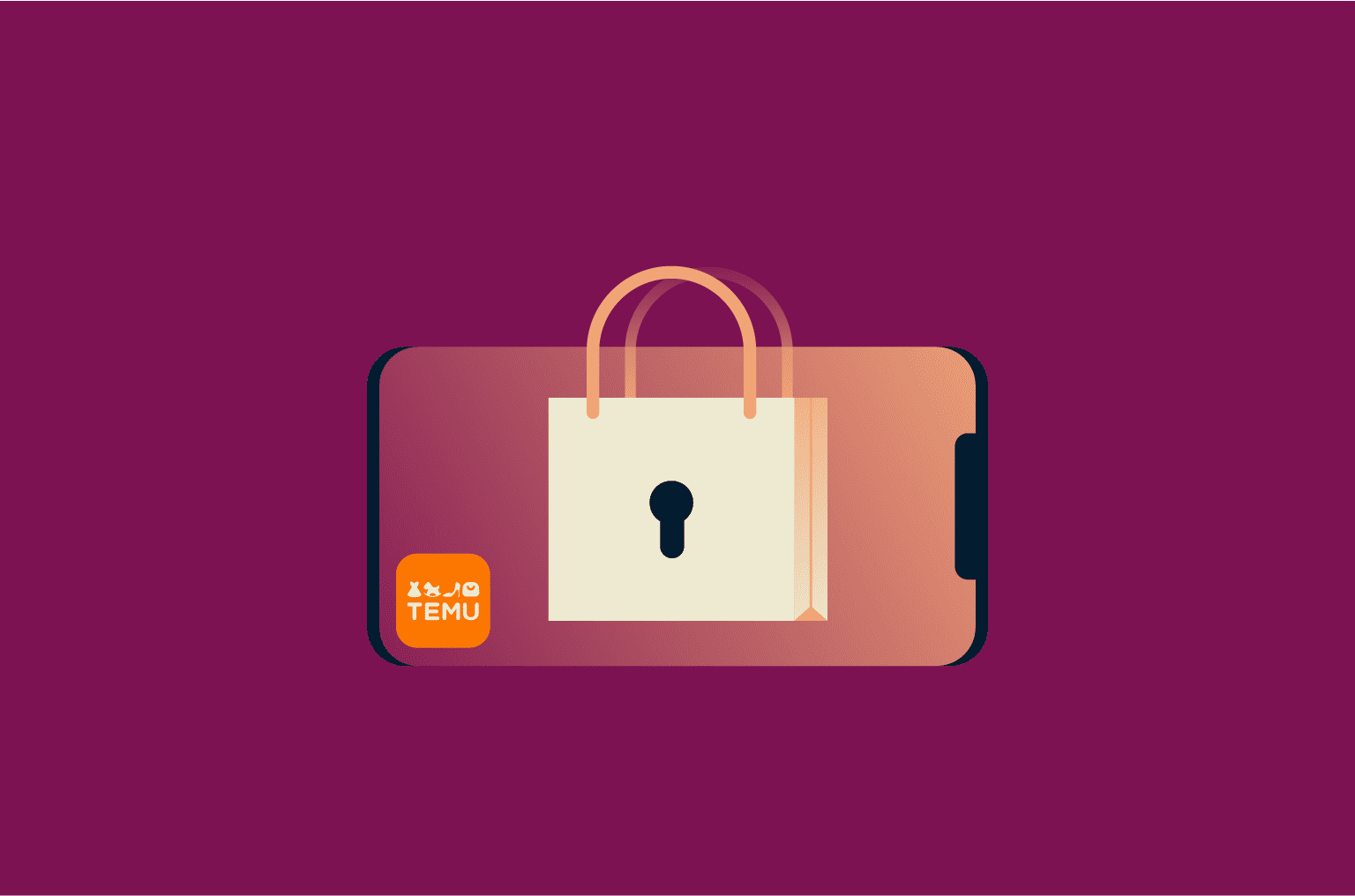
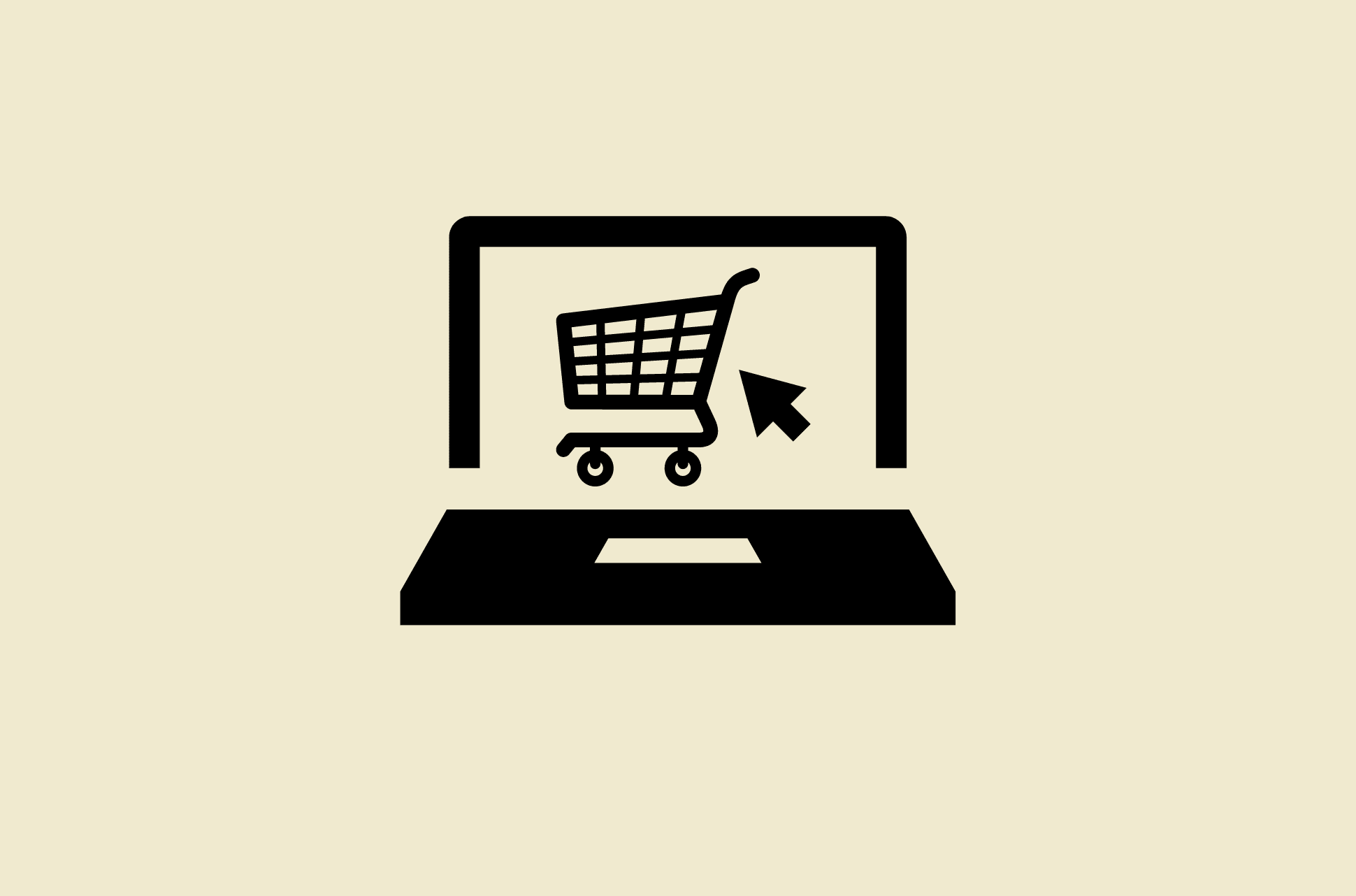
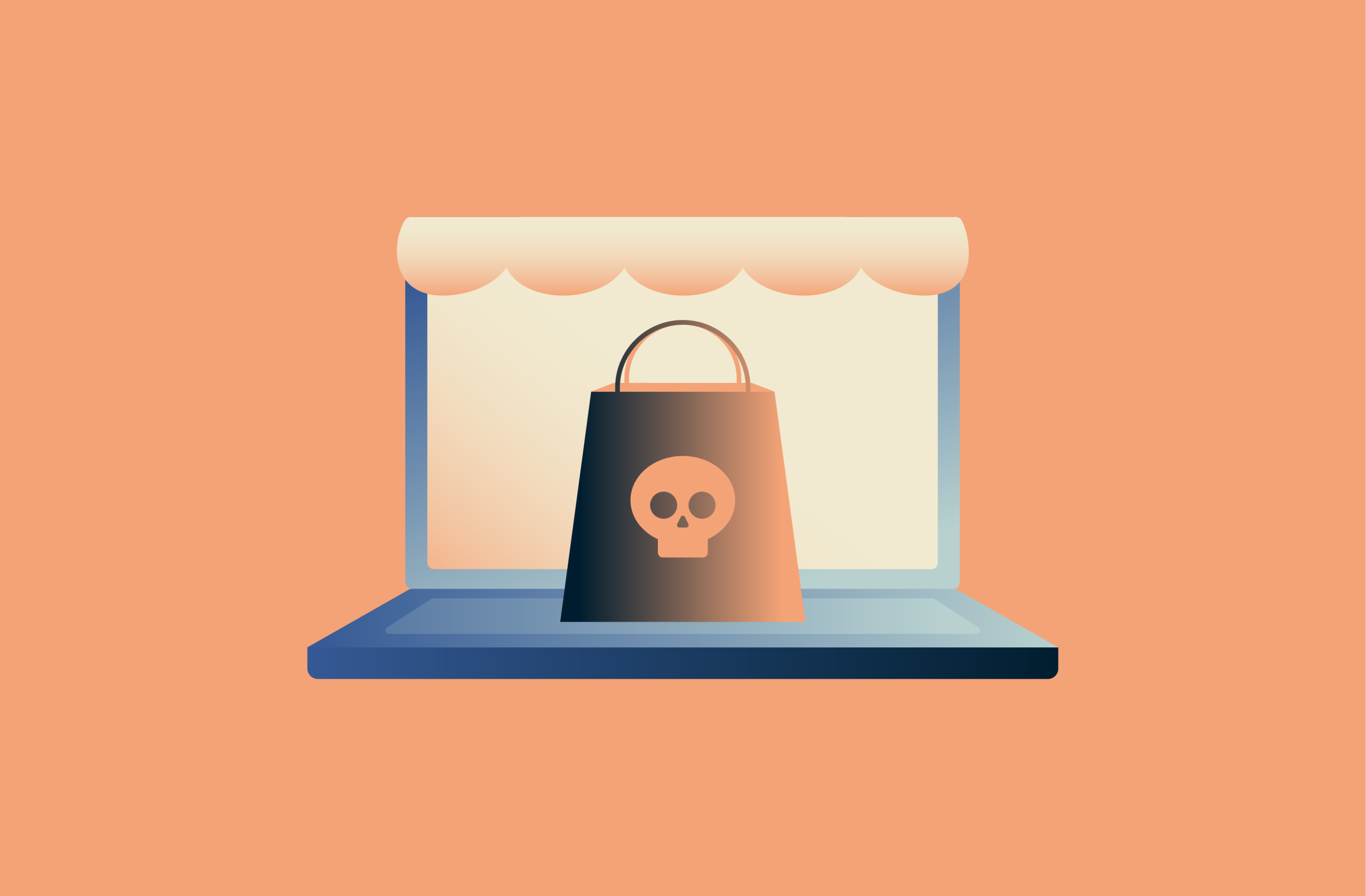






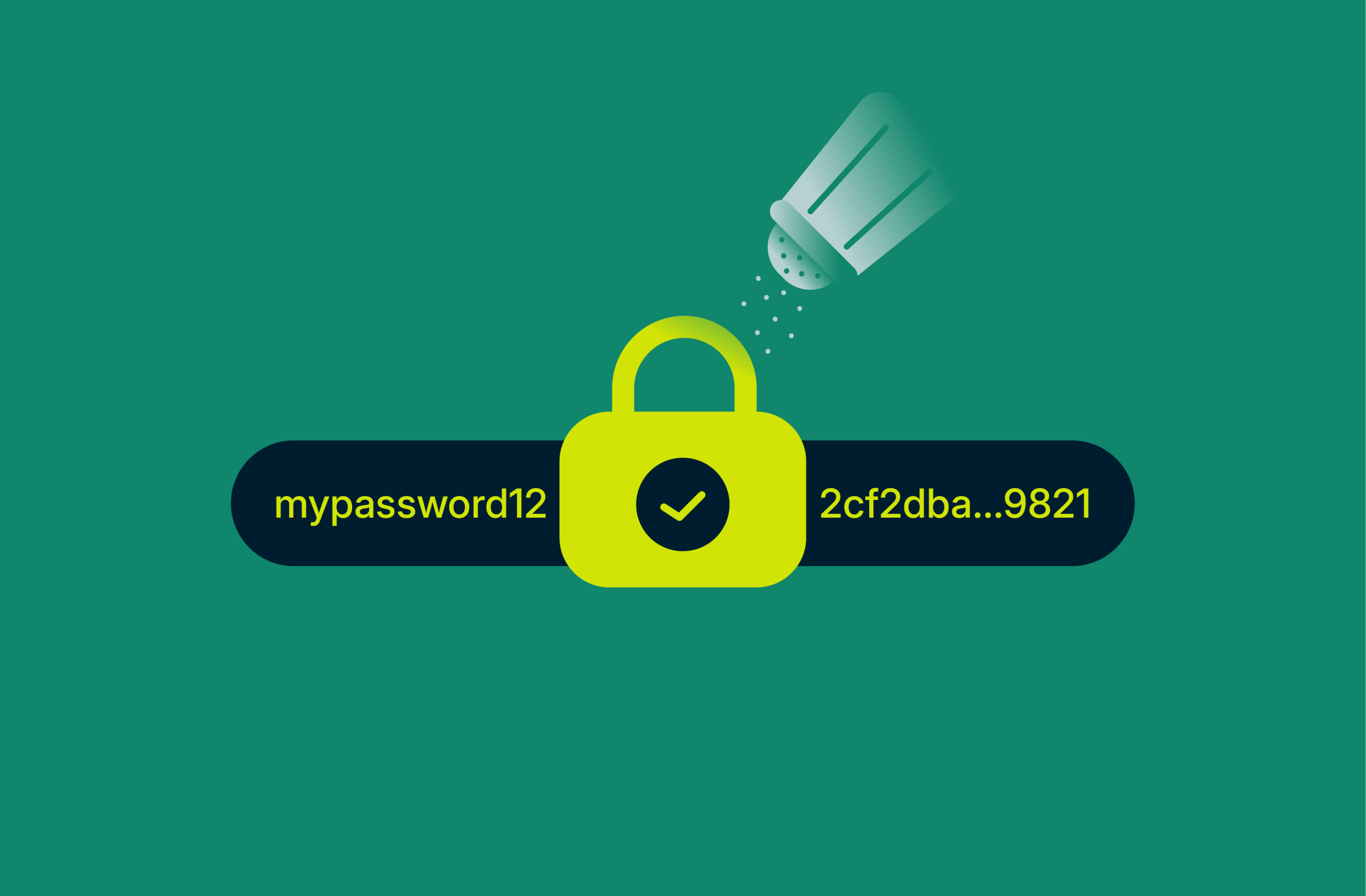
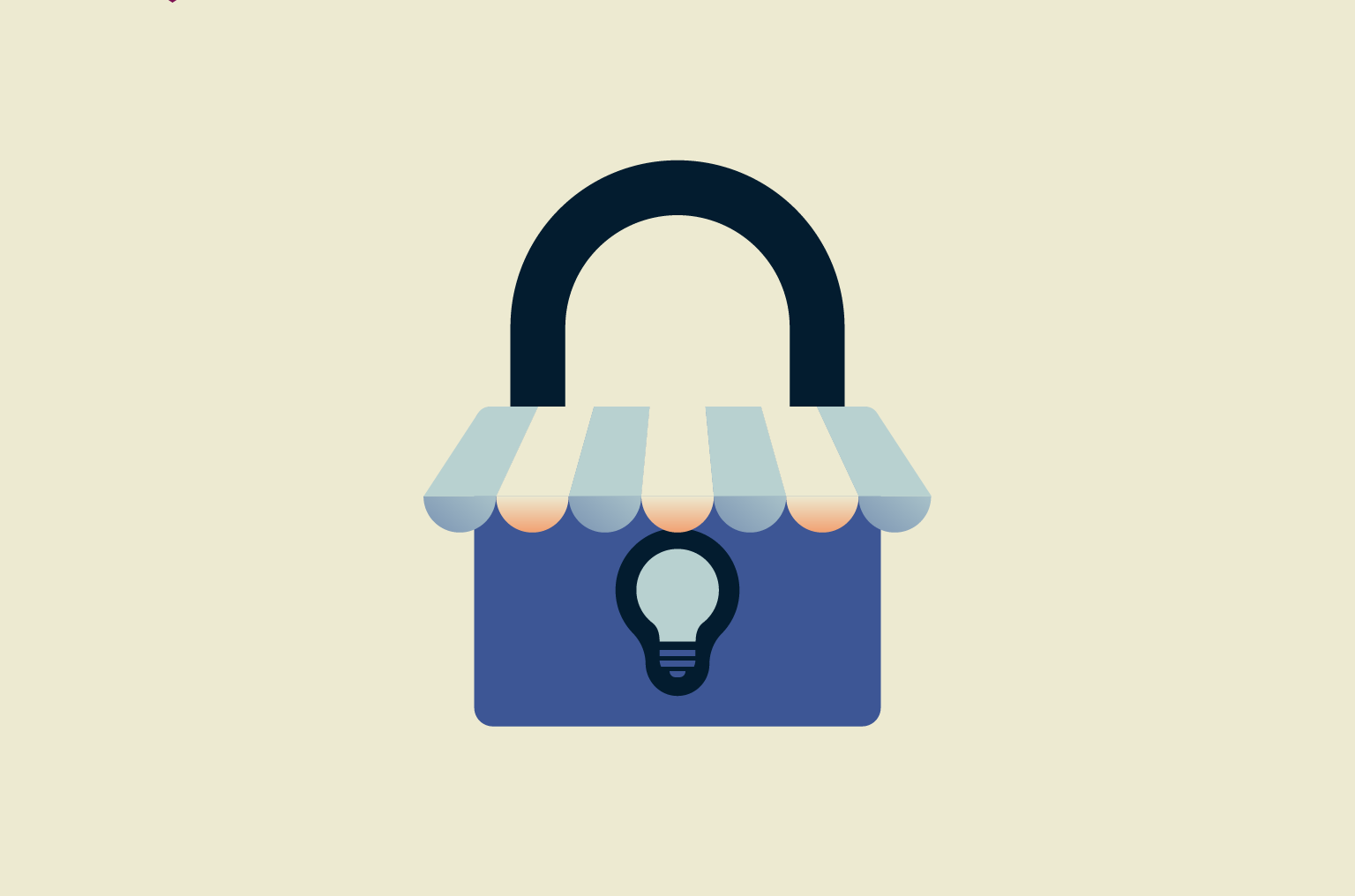




Comments
Don't buy from Shien if: #1. You need something on time, #2. If you need customer service (because there isn't any. You get stock answers, and NO ACTUAL HELP.) Also, if you pay for express shipping, you've just set $13 on fire. Shein is a FAILURE at customer service and holding to it's guarantees. If you have any expectations, you'll be sadly disappointed.
Yes, you are CORRECT. There's No chance for customers to return & refund SHEIN faulty products. Their Customer Service is only a robot answering machine. That's no telephone number or office that you can go to resolve disputes/refund. SHEIN is the WORST platform in all e-shopping platforms. I think it's a scam platform